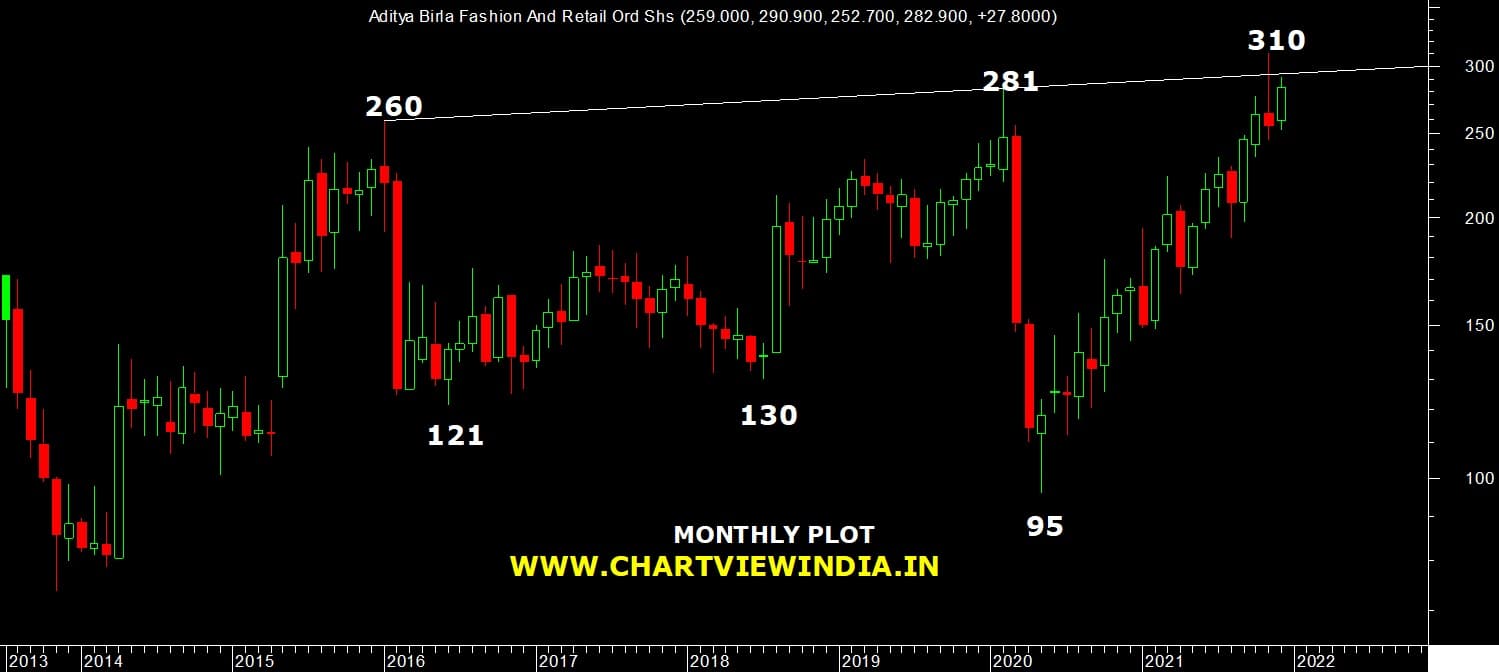Tracking the right reference price for your option trades can help you avoid many mistakes and due to multiple factors spot prices may deviate or create jumps. Tracking futures as an underlying for the option trades makes the pricing practical.
Shubham Agarwal
July 10, 2021 / 11:15 AM IST

Options are derivatives of the underlying but is tracking spot prices as a reference point practical? In the real world, a more practical approach would be to track futures as a reference point for trading options. Let us understand this in detail.
Dividends
Dividends are input to the option pricing models and since it is discrete it will need to be accounted only in the expiries where it can create an impact. On the ex-date, the stock will fall with the value of the dividend and a no-arbitrage theory will hold true.
If we are pricing options on the spot, we will need to account for the possible inter expiry dividend else there will be a jump. But we do not see the jump in option prices when dividends are declared due to the fact that, the market discounts them in advance.
Futures prices will adjust for the dividends in advance and will trade at a discount, this can act as a true reference point for options as the option prices will also discount it in advance.
This does not end here. It gets more complicated when the market expects a dividend that is not yet declared. Unless the dividend is declared, the value is not known but the futures market will account for a market dividend expectation and will trade at discount to adjust the expectation, and so will the option prices. Hence, tracking the futures prices as an underlying is more realistic.
Interest Rates
Interest rates are dynamic and can keep changing even during the day. Since interest rates are input to the option pricing models, it becomes essential to account for them. Futures already accounts for interest rates and if we account for futures as an underlying, the complex task of getting real-time interest rates goes away.
Sentiments
At times, the futures market may trade slightly lesser than or more than the actual valuation of interest rates and dividends, to reflect the sentiments. These deviations are small and hence arbitragers are not able to enter the trade due to the cost of trade. Sentiments are unknown and this should also impact the option prices and if futures are considered as an underlying the sentiment automatically goes in the option pricing.
Close & Expiry Day VWAP
As we know the closing price is the last 30 minutes of the weighted average volume price of the spot market. The spot prices are independent and will follow their own path, but futures will tend to trade at the real-time calculated VWAP.
You might notice on heavy volatility days or expiry days, a wide difference between the spot and futures towards the close. This difference is created as the futures will tend to follow the VWAP price. Since options will also expire based on the VWAP/close price, it tends to follow the same and even though it might look like an arbitrage opportunity with the spot, there is no arbitrage. The option prices will be best referenced with the futures prices in those times.
Summary
Tracking the right reference price for your option trades can help you avoid many mistakes and due to multiple factors spot prices may deviate or create jumps. Tracking futures as an underlying for the option trades makes the pricing practical.
Disclaimer: The views and investment tips expressed by experts on Moneycontrol.com are their own and not those of the website or its management. Moneycontrol.com advises users to check with certified experts before taking any investment decisions.


